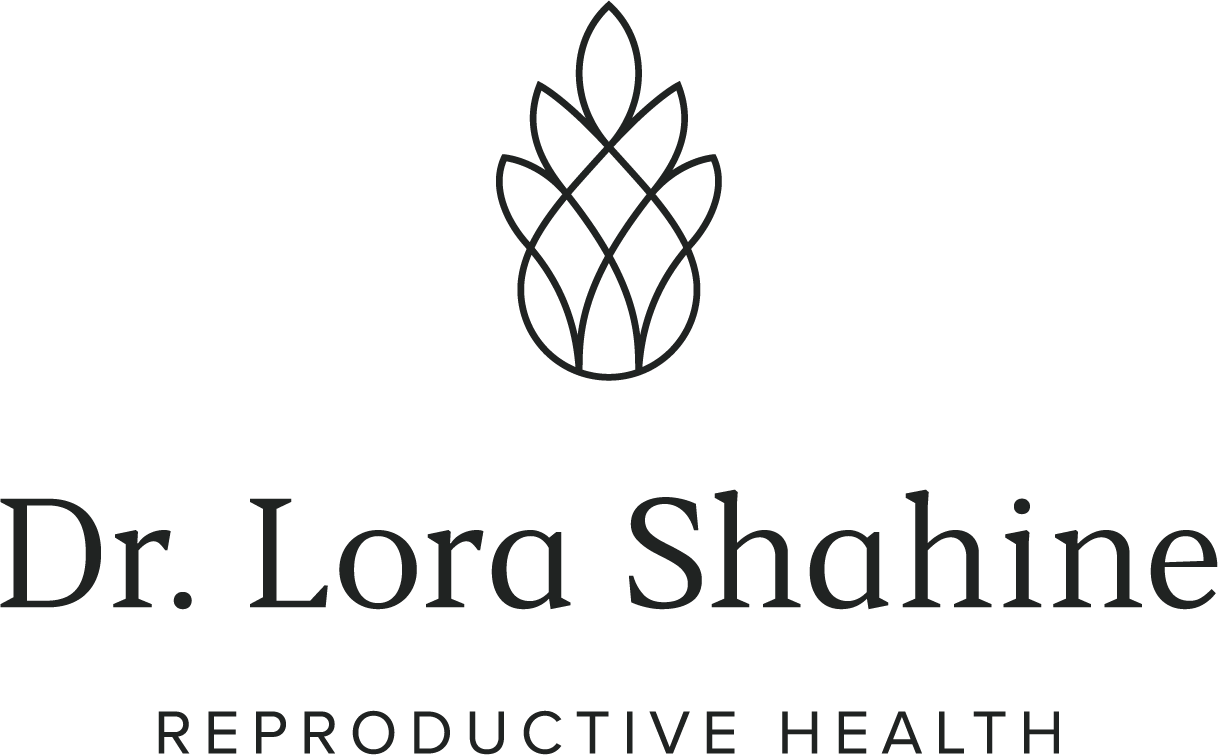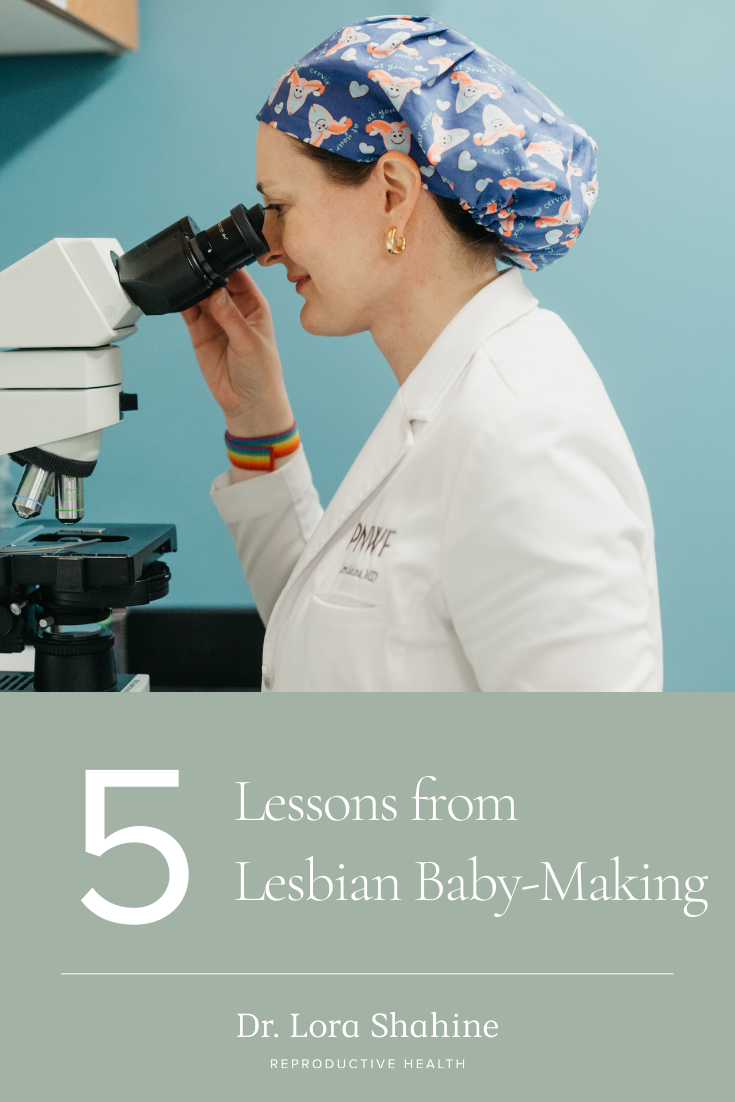5 Things to Know About Lesbian Baby-Making
As a reproductive endocrinologist, I love helping to build all types of families. When you have two people with two uteruses and (usually) four ovaries, there are many family-building options.
This blog post is a bit different from my others. It’s personal. I’ve been helping patients for over 15 years, and I’ve learned so much. I’m not the same doctor I was 15 years ago (or even 5 years ago!), particularly when it comes to helping same-sex couples build their families. Over the years, I made some assumptions, and I’ve grown by reflecting on those assumptions.
Here are some of my top learning moments from working with lesbian patients:
#1 - Never assume that both partners want to get pregnant.
When I first started seeing same-sex couples, I was so excited. With a hetero couple, your options can be limited, but with two uteruses and four ovaries, I was thrilled by the possibilities. I thought we could do testing on both patients to optimize success and determine the fastest way to start their families. In my mind, all we needed was sperm to help with the equation.
Over time, I’ve learned that it’s important to think about family-making beyond “parts.” People with uteruses don’t always want to conceive. They don’t always identify as being a woman or feel “motherly” in the traditional sense.
Today, “What are your goals?” is one of the first questions I ask patients. It’s important to ask this question as a provider, and it’s important to think about this question as a patient.
While I will still offer testing to both partners to gather information, I don’t make assumptions about people’s visions of building their families. If someone is certain they want reciprocal IVF (where one partner donates eggs and the other carries pregnancy), I don't always do the full fertility evaluation on both partners. I’ll tailor the testing for the patients’ goals and take the process one step at a time.
#2 - Don’t assume the same sperm donor is needed for a second child.
This was a previous assumption of mine. When I’m counseling patients, we’ll often plan how much sperm to obtain from a sperm bank and how much to freeze from a known donor. Long-term goals often play a big role in my work, and we’ll think about vials of sperm in relation to the number of children desired, particularly if the same genetic sperm is wanted for second or third children.
I used to assume that lesbian couples wanted to complete their whole family with the same genetic sperm. That's absolutely not the case. And I’ve learned from this. I now ask much more open questions.
#3 - Never assume that someone wants to start with the simplest treatment.
It’d be easy for me to assume that someone wants to start their treatment cycles with donor sperm intrauterine insemination (IUI). After all, it’s low-tech, low-cost, and it’s a commonly chosen option.
But, again, we shouldn’t assume that every patient wants this form of treatment. It all comes down to goals. Sometimes partners do want a genetic link to the child without getting pregnant, and reciprocal IVF is the best option to help both partners share the pregnancy journey.
If this is you, and you're thinking about your options, it's important to have those discussions before you show up at the clinic. The doctor might not bring up reciprocal IVF because they didn’t ask about your goals to begin with. Make your voice and vision heard.
#4 - Don’t assume that people are fertile.
If you’re a same-sex couple planning to use donor sperm, it’s easy to assume that fertility won’t be a challenge. Some might think, “The only reason I’m not pregnant is that I don’t have sperm.”
Here’s the truth: Anybody with a uterus could have blocked fallopian tubes or ovulation issues or uterine fibroids. These don’t always cause fertility issues, but they can.
On the doctor's side, it’s important to conduct fertility checkups before treatments are administered. This way you don’t go through multiple unsuccessful low-cost treatments (like an IUI) only to find out that fallopian tubes were blocked the whole time. It could lead to a lot of wasted resources and, importantly, wasted time.
I have learned to always talk with my patients about fertility testing after we know the goals. Sometimes we might try a few intrauterine inseminations before doing the hysterosalpingogram (HSG), which is a test using fluoroscopy to watch contrast dye pour through tubes to make sure they’re open. Sometimes we do the HSG first. It's an ongoing discussion and mutual decision between doctor and patient.
#5 - Don’t assume that same-sex couples are comfortable in fertility clinics.
Unfortunately, there is a history of discrimination in fertility clinics against same-sex couples, where couples might be denied services. That is not the case at my clinic Pacific Northwest Fertility in Seattle, and I wish it wasn’t the case anywhere.
Queer competent care is critical in my practice. As a provider, helping same-sex couples feel welcomed is very important to me. I make sure to vocalize that I’ve helped all types of couples build families, but I’m not going to make any assumptions about how we’re going to build theirs. I let them know that they’re in a safe place and that we’re going to take very good care of them.
It’s Pride Month, but to me, allyship is year-round. I hope that all fertility patients are welcomed with open arms, no matter what their family-building journey looks like.
If you have any questions, please comment on my YouTube video. I hope this was helpful.



